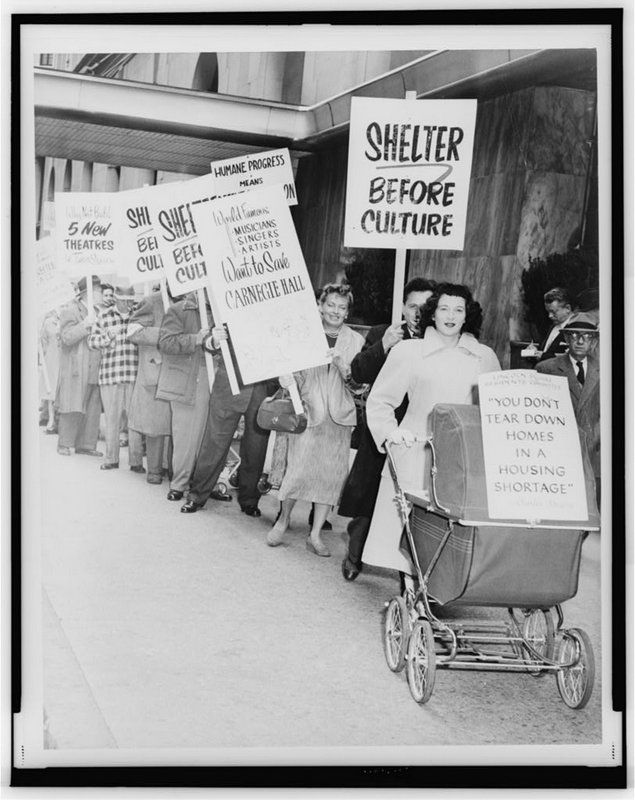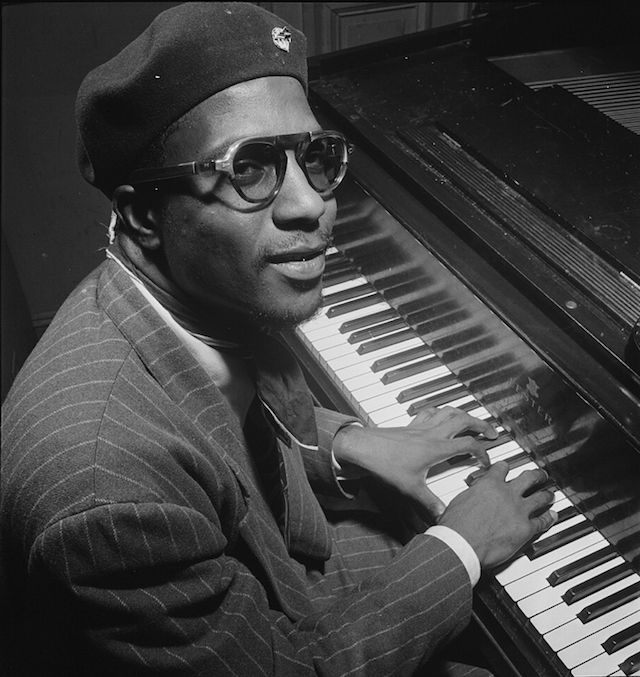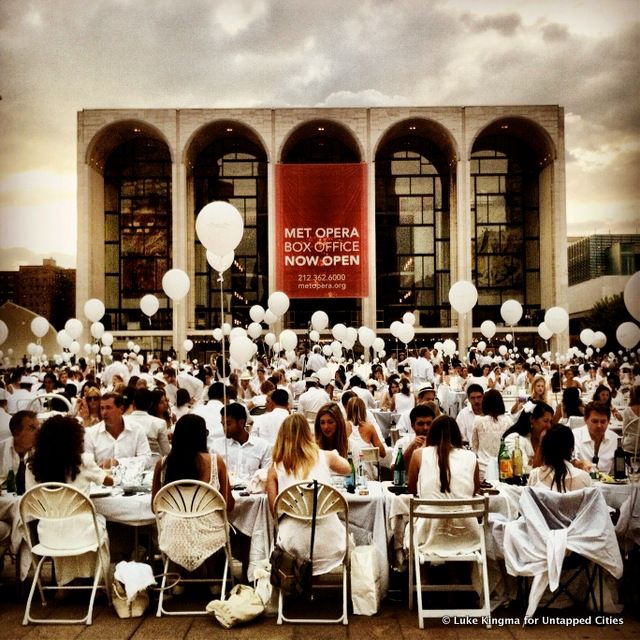A Salvaged Banksy Mural is Now on View in NYC
This unique Banksy mural goes up for auction on May 21st in NYC!


Along with the Garden of Eden and Central Park, Lincoln Center impresses the visitor as one of those Genesis institutions, fashioned by God to remind us how pathetic we are. It’s so vast, exalted, and venerable; surely nothing so grubby as human hand’s could’ve been behind it, much less Robert Moses’ hands. But you can’t get it away from it. The man who played God, laying a bridge here, demolishing a neighborhood there, and never once facing public election, is responsible for Lincoln Center. And if you think it wouldn’t be a Moses product without a little whole-sale bull-dozing thrown in, you’re be right. Before Lincoln Center, there was San Juan Hill.
Like Lincoln Center itself, nobody’s quite sure how San Juan Hill got its name. The reference to the Cuban battle site is irrefutable, but no knows whether the name honors the black soldiers who fought there, or the exceptional bloodiness of the battle itself. One thing is certain: San Juan Hill, which stretched from 59th Street to 65th street and Amsterdam Avenue to 11th Avenue. According to miNY Stories, the 1940 Census revealed the neighborhood was exclusively African-American. As for the bloodiness, historian Marcy Grey notes “the violence and contention that was going on constantly between the black residents of this neighborhood, the Italians to the north, and the Irish to the south in Hell’s Kitchen.” Gang fights in the neighborhood were so common that the Robbins, Bernstein and et al. set West Side Story in the neighborhood. The introductory shots to the movie version were filmed there.

Picket line protesting proposed destruction of Lincoln Square neighborhood to build Lincoln Center. Photo from Library of Congress. New York World-Telegram and the Sun Newspaper Photograph Collection.
San Juan Hill was home to much more than violence, however. A densely packed district–more than 5,000 people occupied each block of low-rise tenements–it was also home to some of New York’s jivest jazz joints, including The Jungle’s Casino. This is the club where, in 1913, the pianist James P. Johnson wrote a tune to accompany the “wild and comical dance” of off-duty dock workers. The result was the Charleston, perhaps the biggest dance-craze of the 20th Century. Decades later, San Juan Hill was home to Thelonious Monk. Residents remember him as an eccentric man who walked around beneath their windows singing to himself–no doubt composing some of jazz’s most memorable melodies.
Thelonious Monk, via The Library of Congress
In the 1950’s, both Fordham University and the New York Philharmonic approached Robert Moses looking for real estate in Mid-Manhattan. This suited Moses perfectly, as he was looking for a culturally invigorating civic project, something to attract and hold the affluent white people who were, at the time, leaving the city in droves (can you believe it!?). Lincoln Center, he decided, could hold both institutions, and got the area designated as a slum. Protesting residents took their cause all the way to the Supreme Court, but the judges ruled against them, and over 40,000 people found themselves eminent domain-ed out of their homes. Most moved to Harlem and the Bronx.

Lincoln Center
From the beginning, Lincoln Center was a BIG DEAL: President Eisenhower broke ground in 1959, President Kennedy attended the inaugural performance in 1962. What was swept under the rug was the human cost of this project. As for Moses, his time was nearly up. Trying to build a highway through Greenwich Village a few years later, he stepped on a too many toes and soon got thrown out on his ass. It was too late for San Juan hill, however. What had once been the city’s center for black life, comparable to Harlem in terms of cultural importance, was paved off the map.
Subscribe to our newsletter